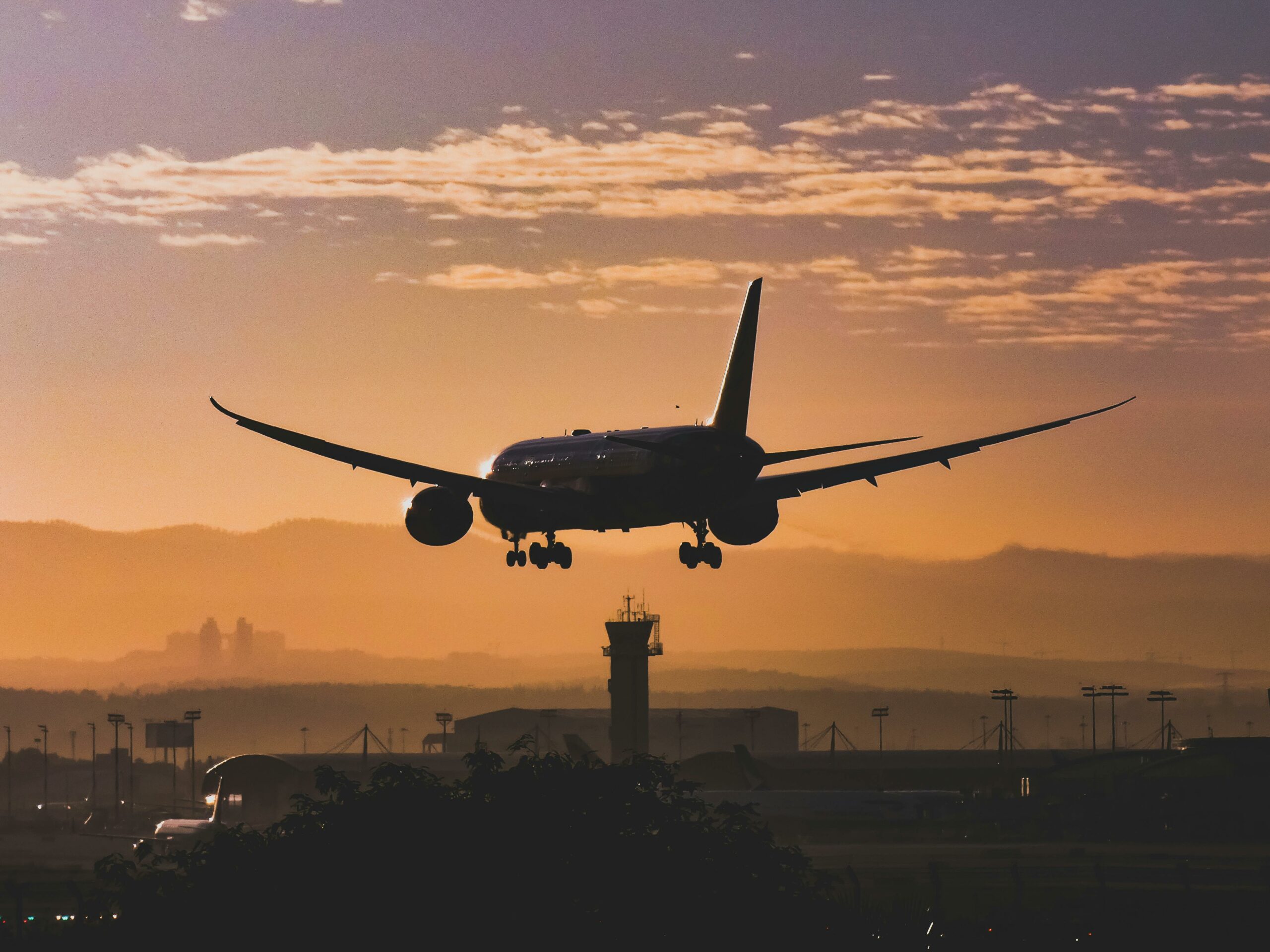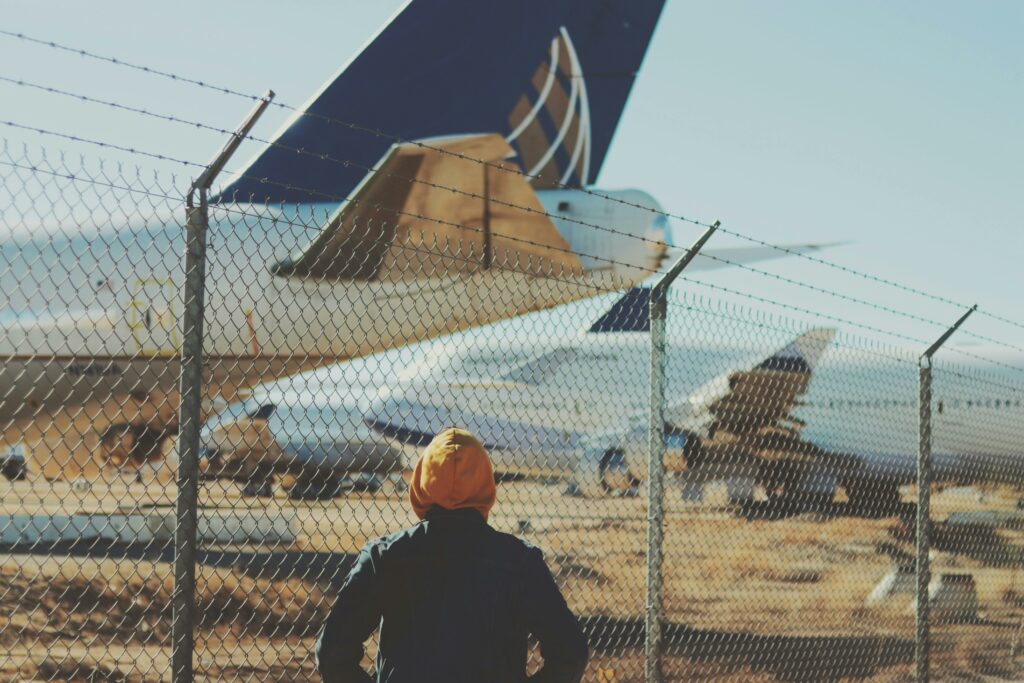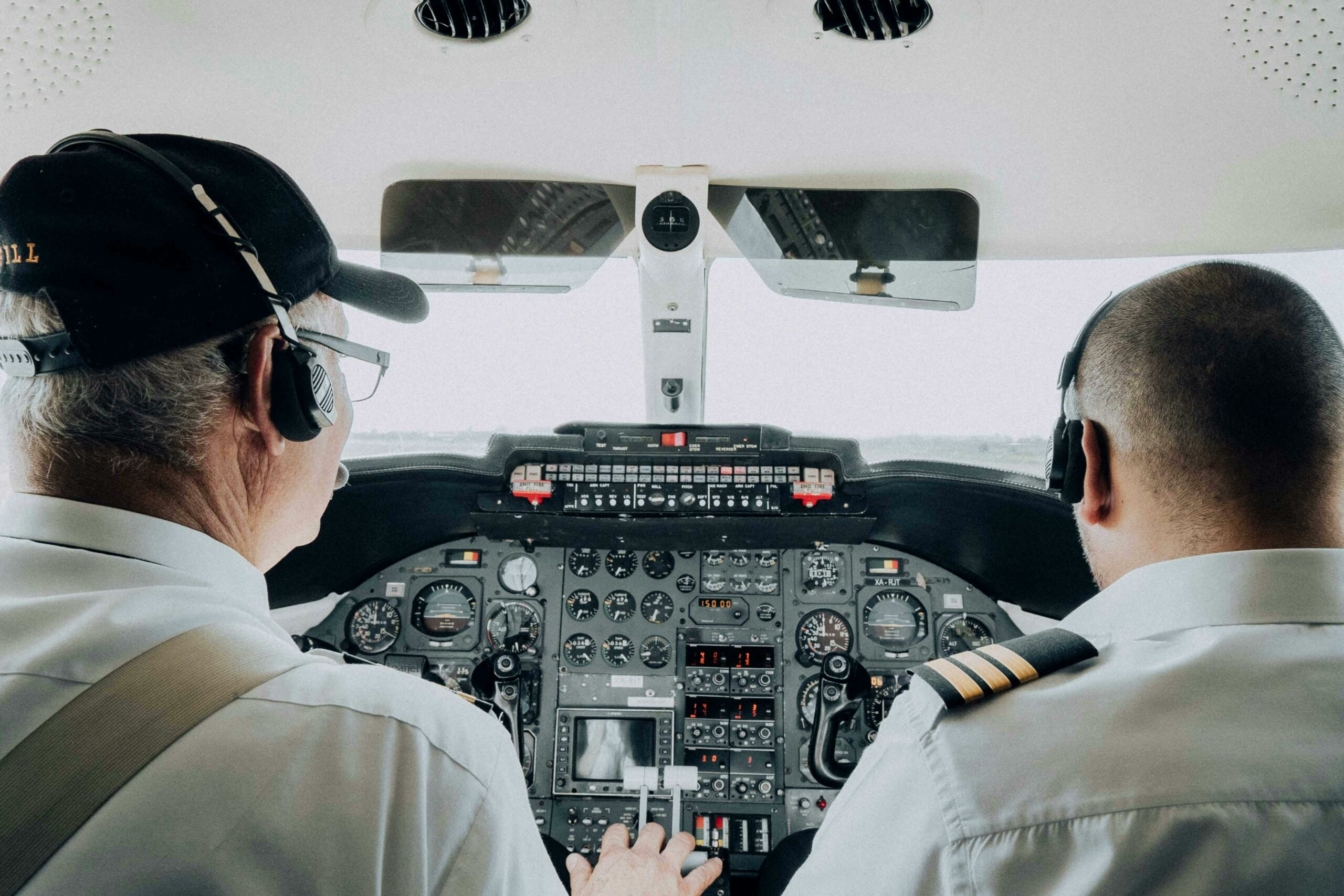How Technology is Redefining Flight Safety: What Air Travel will look like in the future

Introduction:
It is important to discuss the trend of flight safety. In an era marked by rapid technological advancements, the aviation industry stands at the forefront of innovation. From the inception of flight, safety has been paramount, but as technology evolves, so too does our ability to enhance and redefine flight safety. In this article, we delve into the exciting developments shaping the future of air travel, exploring how cutting-edge technologies are revolutionizing flight safety.

1. Enhanced Aircraft Monitoring Systems for Flight Safety:
– Traditional aircraft monitoring systems have evolved into sophisticated networks capable of real-time data analysis.
– Advancements in sensor technology enable aircraft to continuously monitor crucial parameters such as engine performance, structural integrity, and environmental conditions.
– Predictive maintenance algorithms leverage data analytics to anticipate potential issues before they escalate, minimizing downtime and enhancing safety.
2. Artificial Intelligence and Machine Learning:
– AI-powered systems are revolutionizing flight safety by analyzing vast amounts of data to identify patterns and anomalies.
– Machine learning algorithms can predict weather patterns, turbulence, and other hazards, allowing pilots to make informed decisions in real-time.
– AI-driven predictive analytics enable airlines to optimize flight routes, reduce fuel consumption, and mitigate risks, enhancing both safety and efficiency.
3. Next-Generation Cockpit Technologies:
– Cockpit displays have evolved from analog dials to intuitive touchscreen interfaces, providing pilots with comprehensive situational awareness.
– Head-up displays (HUDs) and augmented reality (AR) overlays superimpose critical information onto the pilot’s field of view, minimizing distractions and improving decision-making.
– Voice recognition systems and natural language processing (NLP) enable pilots to interact with onboard systems hands-free, enhancing operational safety.
4. Unmanned Aerial Vehicles (UAVs) and Autonomous Flight:
– UAVs, commonly known as drones, are revolutionizing various industries, including aviation.
– Autonomous flight technologies are being developed for commercial aircraft, promising safer and more efficient operations.
– While fully autonomous flights are still in the testing phase, semi-autonomous features such as auto-landing and auto-pilot systems are already enhancing flight safety.
5. Enhanced Air Traffic Management Systems:
– Next-generation air traffic management (ATM) systems leverage satellite-based navigation and communication technologies to improve airspace efficiency and safety.
– Automatic Dependent Surveillance-Broadcast (ADS-B) enables real-time aircraft tracking, reducing the risk of mid-air collisions and enhancing overall situational awareness.
– Collaborative Decision Making (CDM) frameworks facilitate seamless coordination between airlines, air traffic controllers, and airport authorities, optimizing traffic flow and enhancing safety.
6. Advanced Weather Forecasting and Prediction:
– Accurate weather forecasting is critical for safe flight operations, and advancements in meteorological technology are revolutionizing this field.
– High-resolution weather models, coupled with real-time data assimilation, provide pilots with detailed forecasts and predictive insights, enabling them to navigate around hazardous weather conditions.
– Automated weather monitoring stations and onboard weather radar systems enhance pilots’ ability to detect and avoid thunderstorms, icing conditions, and other weather-related hazards.
7. Cybersecurity and Threat Mitigation:
– As aviation systems become increasingly interconnected and reliant on digital technologies, cybersecurity has emerged as a critical concern.
– Robust cybersecurity measures, including encryption protocols, intrusion detection systems, and secure communication networks, are essential for protecting aircraft systems from cyber threats.
– Continuous monitoring and threat intelligence sharing among industry stakeholders are crucial for preemptively identifying and mitigating cyber risks, safeguarding flight safety.

The future of air travel is intrinsically linked to technological innovation, and nowhere is this more evident than in the realm of flight safety. From advanced monitoring systems to AI-driven predictive analytics, and from next-generation cockpit technologies to autonomous flight capabilities, technology is reshaping the way we perceive and ensure safety in the skies. As we continue to embrace these advancements, collaboration among industry stakeholders, rigorous regulatory oversight, and a commitment to continuous improvement will be essential to realizing the full potential of technology in redefining flight safety for generations to come.

